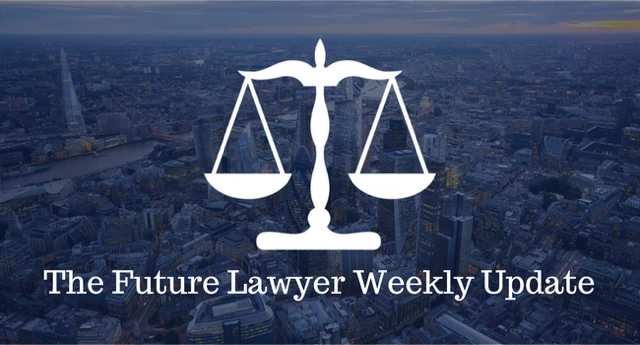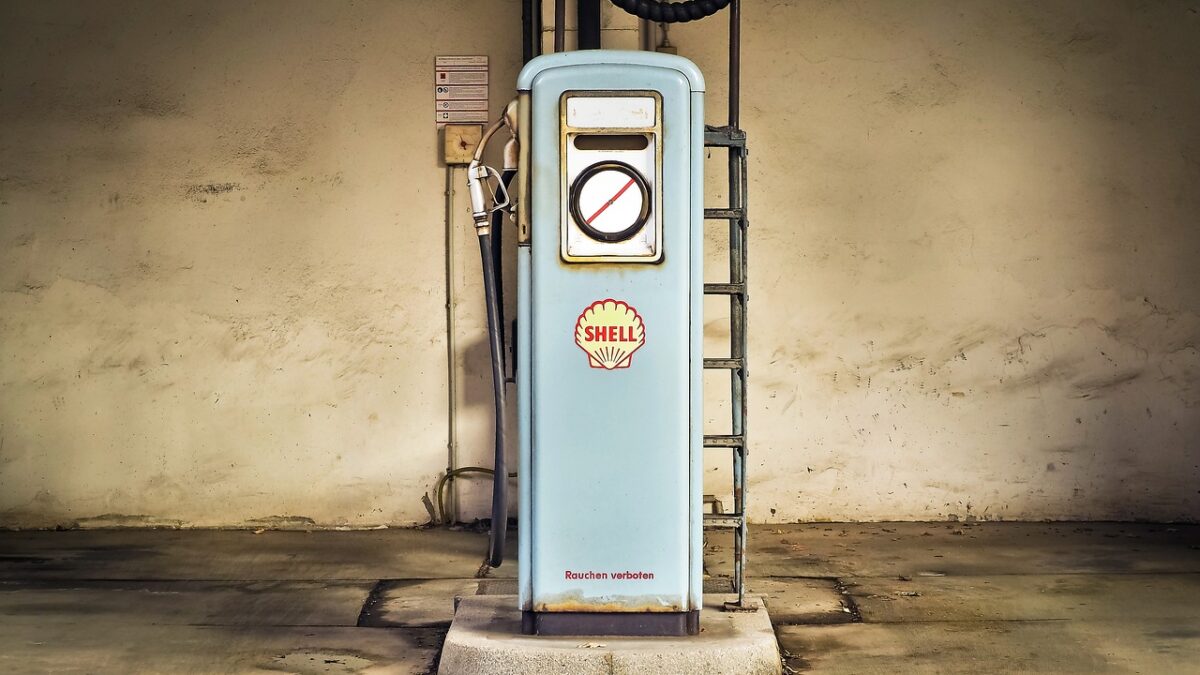
The Future Lawyer Weekly Briefing – W/C 14th August 2023
August 14, 2023
Commercial Awareness Update – W/C 21st August 2023
August 22, 2023Background
Appellant(s)
Harrison Omotsola Jalla and others
Respondent(s)
Shell International Trading and Shipping Company and another
History of the case and brief summary of Facts
The case before the Supreme Court involves a major oil spill that occurred off the coast of Nigeria in December 2011. The central issue is whether the oil spill constitutes a continuing private nuisance and, therefore, a continuing cause of action. The question is significant because the limitation period for the claimants’ cause of action is determined by the date of accrual, which affects whether their claim is time-barred. The ruling being reported is from the Supreme Court, with Lord Burrows delivering the judgment. The other judges on the panel, namely Lord Reed, Lord Briggs, Lord Kitchin, and Lord Sales, agree with Lord Burrows. Their findings are unanimous.
In summary, the court must determine whether the alleged oil spill constitutes a continuing nuisance and if the claimants’ cause of action continues to accrue on a daily basis due to the ongoing interference with their land. The lower courts have already rejected the claimants’ argument, and they have now appealed to the Supreme Court.
Judges
Lord Reed, Lord Briggs, Lord Kitchin, Lord Sales, Lord Burrows
The case proceeded through the legal system as follows:
High Court: Stuart-Smith J ruled on the preliminary matter regarding the existence of a continuing nuisance. The decision was reported as [2020] EWHC 459 (TCC). Stuart-Smith J rejected the claimants’ argument that there was a continuing cause of action for the tort of private nuisance. The judgment was not unanimous.
Court of Appeal: The claimants appealed the High Court’s decision. The Court of Appeal, composed of Lewison, Newey, and Coulson LJJ, heard the appeal and issued their judgment, reported as [2021] EWCA Civ 63. Coulson LJ delivered the leading judgment. The Court of Appeal affirmed the decision of the High Court and dismissed the appeal. The judgment was not unanimous.
Supreme Court: The claimants further appealed to the Supreme Court. The Supreme Court judges who heard the appeal were Lord Burrows, Lord Reed, Lord Briggs, Lord Kitchin, and Lord Sales. The Supreme Court judgment, delivered by Lord Burrows, is the one being reported. The Supreme Court’s decision is the final ruling in this case, determining whether there is a continuing nuisance and a continuing cause of action. The judgment does not indicate unanimity among the Supreme Court judges.
- Proceedings
In the case, Mr Seitler relied on the case of Darley and argued that it supported his submissions regarding a continuing cause of action. However, the court found that the facts of Darley were distinguishable from the present case. In Darley, there were separate and different instances of damage caused at a later date, which triggered a fresh limitation period. The court noted that it was not argued that the oil spill caused separate and different damage to the claimants’ land. Instead, the argument was based on the continued presence of the oil on the land. The court considered Darley as a case involving successive causes of action arising from separate events of damage, even though the conduct of the defendants remained the same. While it could be argued that the defendants in Darley were “continuing” the nuisance through their failure to prevent further subsidence, this had no relevance to the issue of a continuing cause of action in the present case. The court concluded that there was no continuation of the same cause of action in Darley and, therefore, no accrual of the cause of action on a day-by-day basis. The specific legal arguments and proceedings leading up to this analysis are not detailed in the provided excerpt. However, it can be inferred that the parties presented competing legal arguments regarding the nature of the nuisance and whether it constituted a continuing cause of action. The court examined the relevant precedents and applied legal reasoning to determine the applicability of those precedents to the facts of the case.
- The Judgement
The court decided that this was not a case of continuing nuisance. It favored the argument put forth by the respondents, STASCO and SNEPCO, and upheld the decisions of Stuart-Smith J and the Court of Appeal. The court reached this decision based on several key reasons provided by Coulson LJ:
The event in question, the oil spill, was a single, one-off event that occurred on December 20, 2011, and the leak was stopped within six hours. There was no repetition of acts or omissions that would give rise to a continuing cause of action. The presence of oil on the claimants’ land, although causing continuing harm or damage, does not necessarily constitute a continuing nuisance. Treating it as such would have significant implications for the law on the limitation of actions, as it could potentially lead to litigation many years later. The defendants, STASCO and SNEPCO, had no control over the oil once it reached the claimants’ land, and they had no right of access to remediate the damage. Therefore, imposing a continuing obligation on them to clean up the oil would be unjust. The court rejected the notion that the properties of oil, which may make it difficult to disperse without proper clean-up, should result in different legal principles being applied. Similar considerations applied in the Cambridge Water case involving toxic solvents. The claimed losses, such as the impact on fishing and farming industries, were consistent with damage caused by a one-off event at the beginning, rather than ongoing damage. This inconsistency suggests that compensation is sought for past damage, not continuing harm.
\The court did not rely on any specific statutory rules in reaching its decision. Instead, it primarily considered common law principles and the specific facts of the case. The precedents examined included Sedleigh-Denfield, Delaware Mansions, Cambridge Water, Hunter v Canary Wharf, and Williams v Network Rail Infrastructure.
There is no mention of a minority judgment in the given excerpt, indicating that the judges were unanimous in their decision.
- Commentary
The judgment in this case clarifies the law regarding the tort of private nuisance and the issue of a continuing cause of action. The court’s analysis focused on whether the continuing presence of the oil on the claimants’ land constituted a continuing nuisance and a fresh cause of action accruing day by day. The court examined relevant precedents, including Sedleigh-Denfield and Delaware Mansions, to distinguish the present case from situations where a continuing cause of action exists. It emphasized that a continuing cause of action typically involves a repetition of acts or omissions that gave rise to the original cause of action. In this case, the oil spill was a one-off event, and the remaining oil on the land was a consequence of that event rather than a separate and continuing interference.
The judgment is consistent with the principle that a cause of action in tort requires proof of damage, and that damage alone does not necessarily indicate a continuing nuisance. The court correctly applied existing legal principles and did not create any new precedents. From the available information, the court’s judgment appears to be sound. The court appropriately distinguished the facts of this case from previous cases and provided a clear rationale for its decision. By rejecting the argument for a continuing cause of action based on the ongoing presence of the oil, the court avoided potential confusion and established a reasonable limitation on the time within which claims can be brought.
Article by Sidhant Singh





